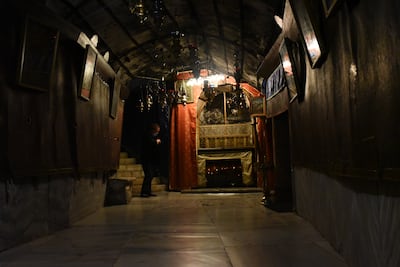More than 2,000 years since Mary and Joseph made the arduous journey from Nazareth to Bethlehem, where Christians believe Jesus was born, checkpoints and political divisions greet pilgrims retracing their steps through Israel and the occupied West Bank.
The nativity route begins in the centre of Nazareth, where the towering Church of the Annunciation watches over the alleys of the Old City market. The site stands where Christians believe an angel appeared to Mary, telling her she would give birth to the son of God.
Beyond the church walls sits a bustling city which is now home to nearly 78,000 people, the majority Arab-Israelis, many of whom identify themselves as Palestinian citizens of Israel.
While no one can know for certain which path Mary and Joseph took, they are likely to have followed a route which wove south through Nablus and Jerusalem.
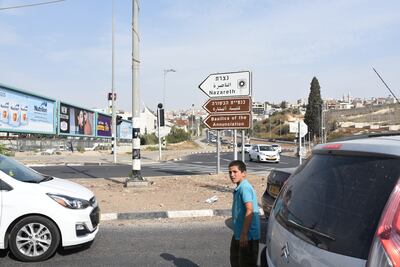
What is now a nondescript highway leads to the border between Israel and the West Bank, with cars slowing to a crawl as they approach Al Jalama military checkpoint. Farmers take advantage north of the frontier to set up stalls selling vegetables, while to the south travellers can pick up toys and ochre pots.
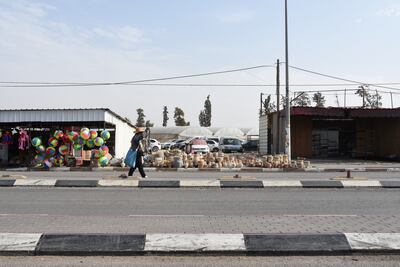
Israel has occupied the West Bank, East Jerusalem and the Golan Heights since the 1967 Arab-Israeli war.
Since then Israel has implemented a permit regime in the West Bank, which determines which Palestinians have the right to leave the territory.
Under the current rules, Mary would have the right to visit her friends in Jenin, in the northern West Bank, but there would be no guarantee they would gain a permit to see her in Nazareth.

While the road from Al Jalama leads directly to the city of Jenin, the surrounding landscape is dotted with villages and farms.
At one spot a rollercoaster rises by the roadside, part of a resort hotel, while elsewhere a Palestinian family partakes in the late olive harvest.
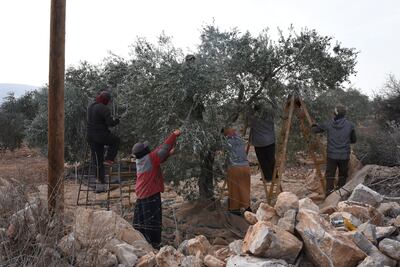
Travellers taking the shortest route south from Nazareth two millennia ago would have passed through Tirzah, a city named in the Bible. A Palestinian village which climbs up a hillside, Far’ah, is widely believed to stand in the same location.
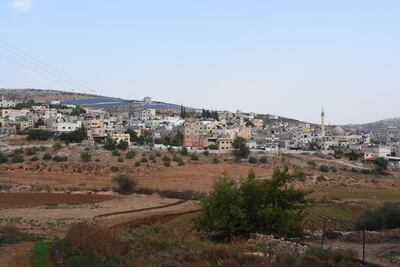
Anyone taking the route today would be meandering through areas A, B and C, categories given to different parts of the West Bank which determine whether Israelis or Palestinians are in charge.
Cities such as Nablus – the next stop on the journey – are nominally under full Palestinian control.
Famed among tourists for its delectable dessert knafeh, Nablus is known to pilgrims for its important religious sites.
They include the tomb of biblical patriarch Joseph, sacred to Christians, Jews, Muslims and Samaritans, which in recent years has seen clashes between Palestinians and Israelis.
Beside the nearby entrance to Balata, the largest refugee camp in the West Bank, an Orthodox church is secluded behind tall walls, marking the site of Jacob’s Well.
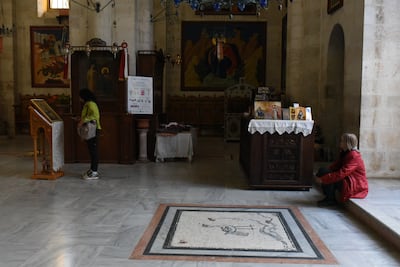
Around Nablus and across the wider West Bank, settlements are home to around 500,000 Israelis. Their construction is deemed illegal under international law, a charge Israel denies.
If Mary and Joseph were travelling today down Route 60, which bends through the West Bank, they would see Hebrew-language billboards advertising brand new homes for Israelis.
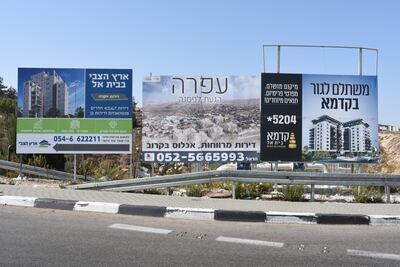
The couple would have to cross further checkpoints to pass through Jerusalem, before reaching the wall on the edge of Bethlehem. The West Bank barrier was built by Israel in the early 2000s, in the wake of the second Palestinian uprising, or Intifada.
To reach Bethlehem on foot, travellers must pass through a tunnel with full height turnstiles. On the other side, taxi drivers wait while vendors sell fruit and vegetables.
The final stage of the journey passes political graffiti along the wall, including a donkey having its ID checked by an Israeli soldier.
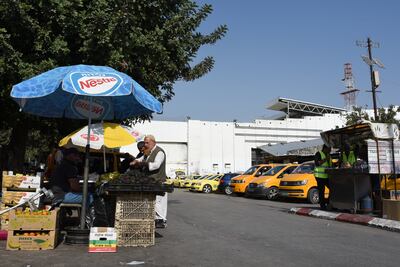
Arriving in the historic heart of Bethlehem, innkeepers line up to welcome pilgrims. Shops display religious olive wood carvings, while a Christmas tree glows beside the Church of the Nativity.
Mary and Joseph’s journey came to an end just metres away, through a small opening in the church wall, down in the grotto where worshippers believe Jesus was born.
